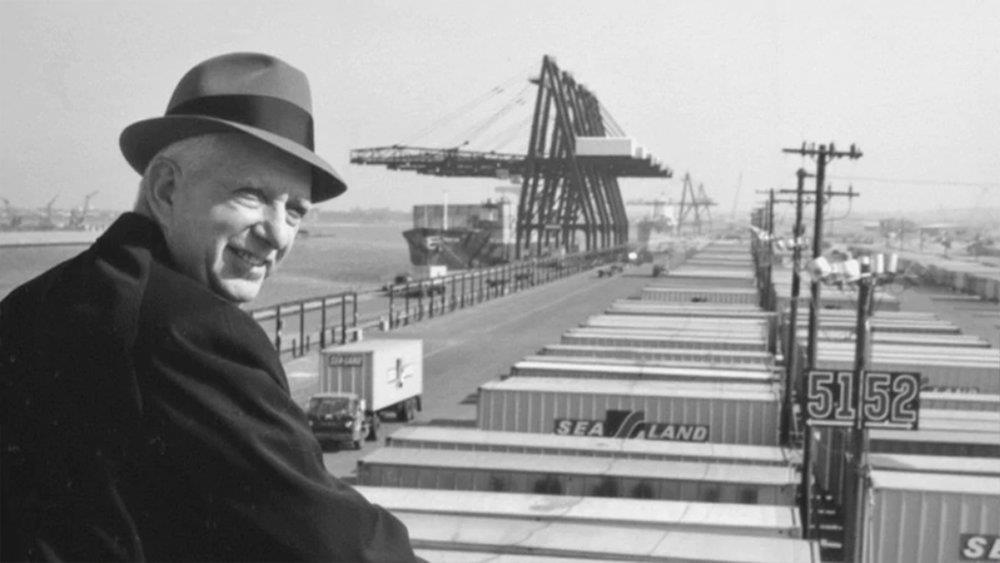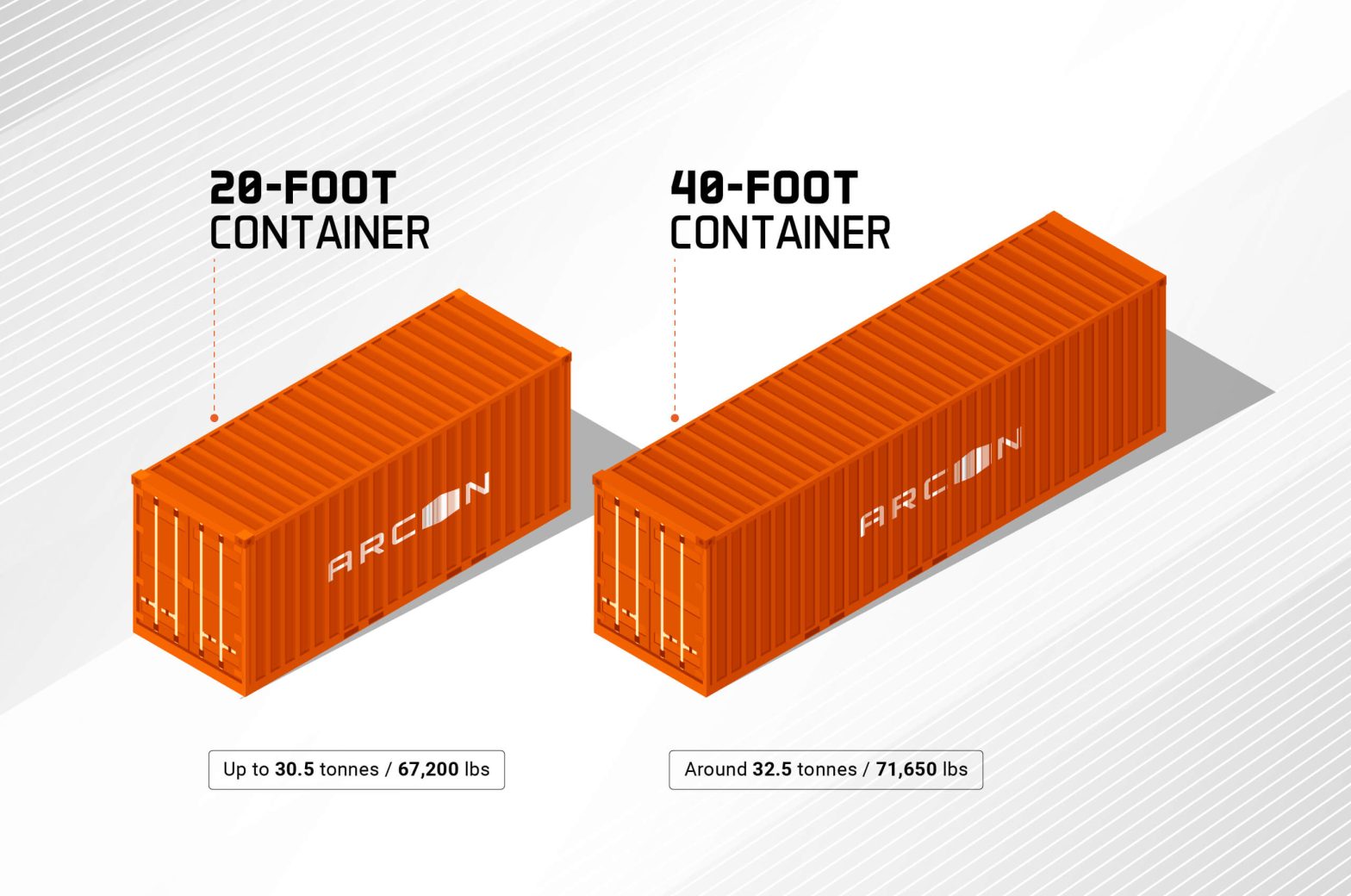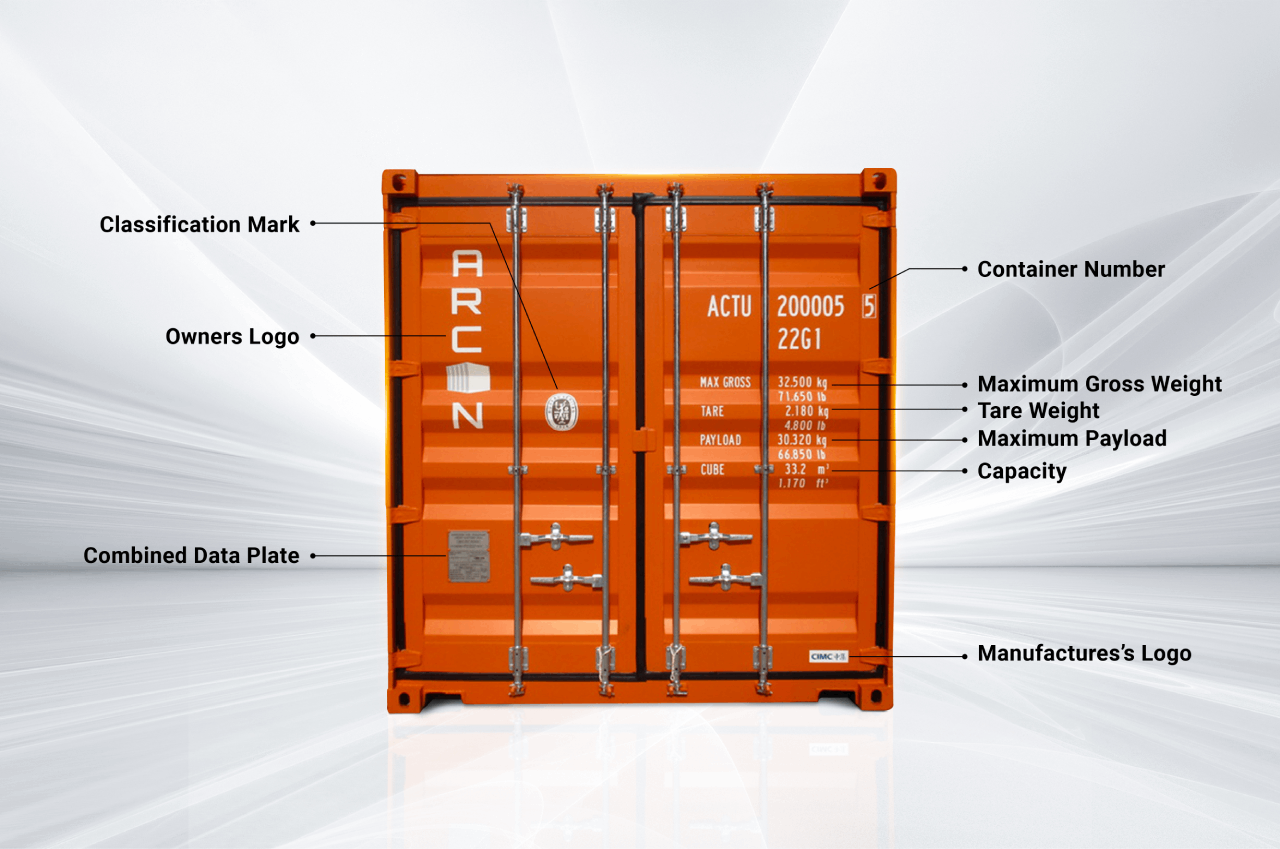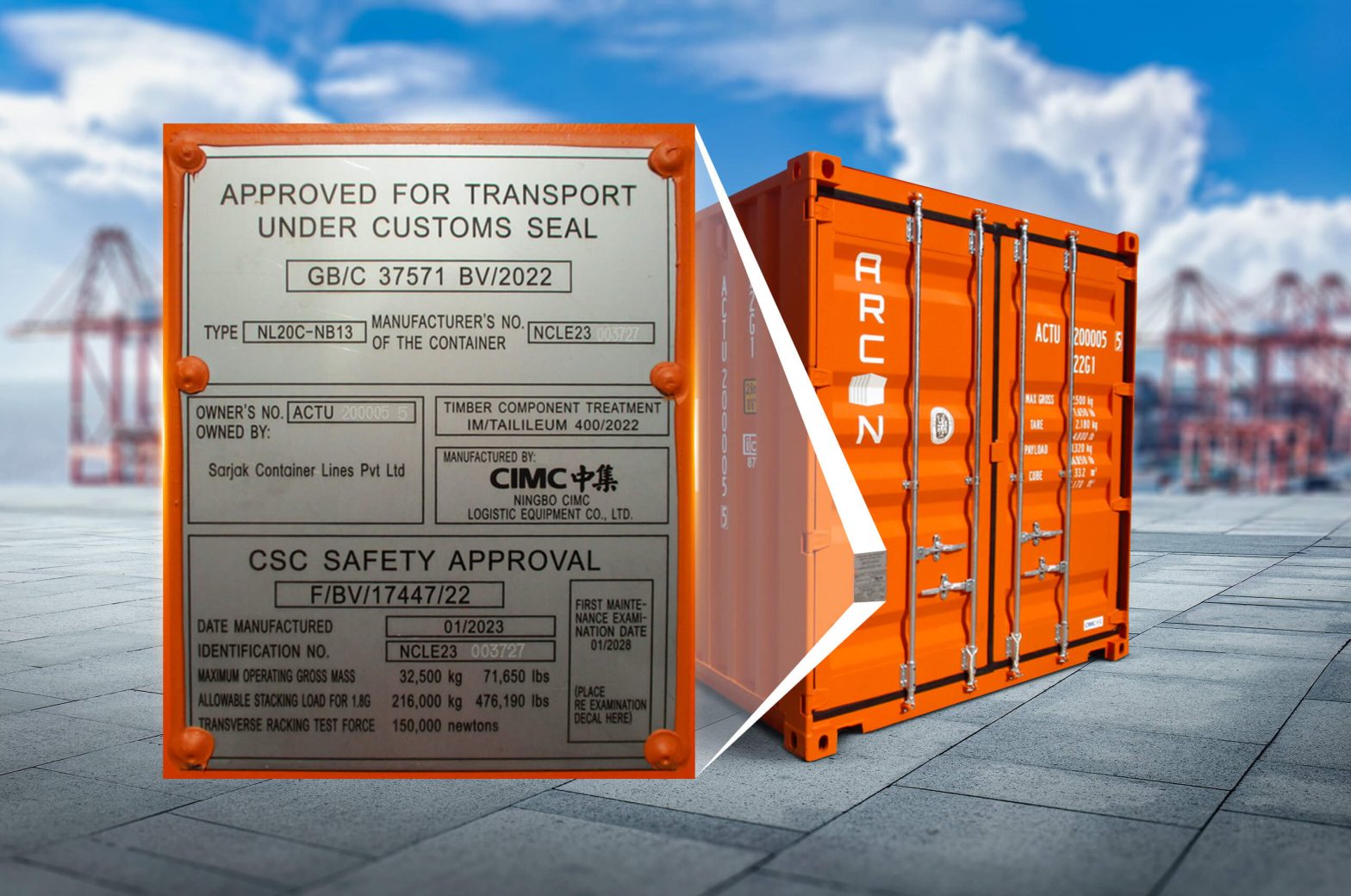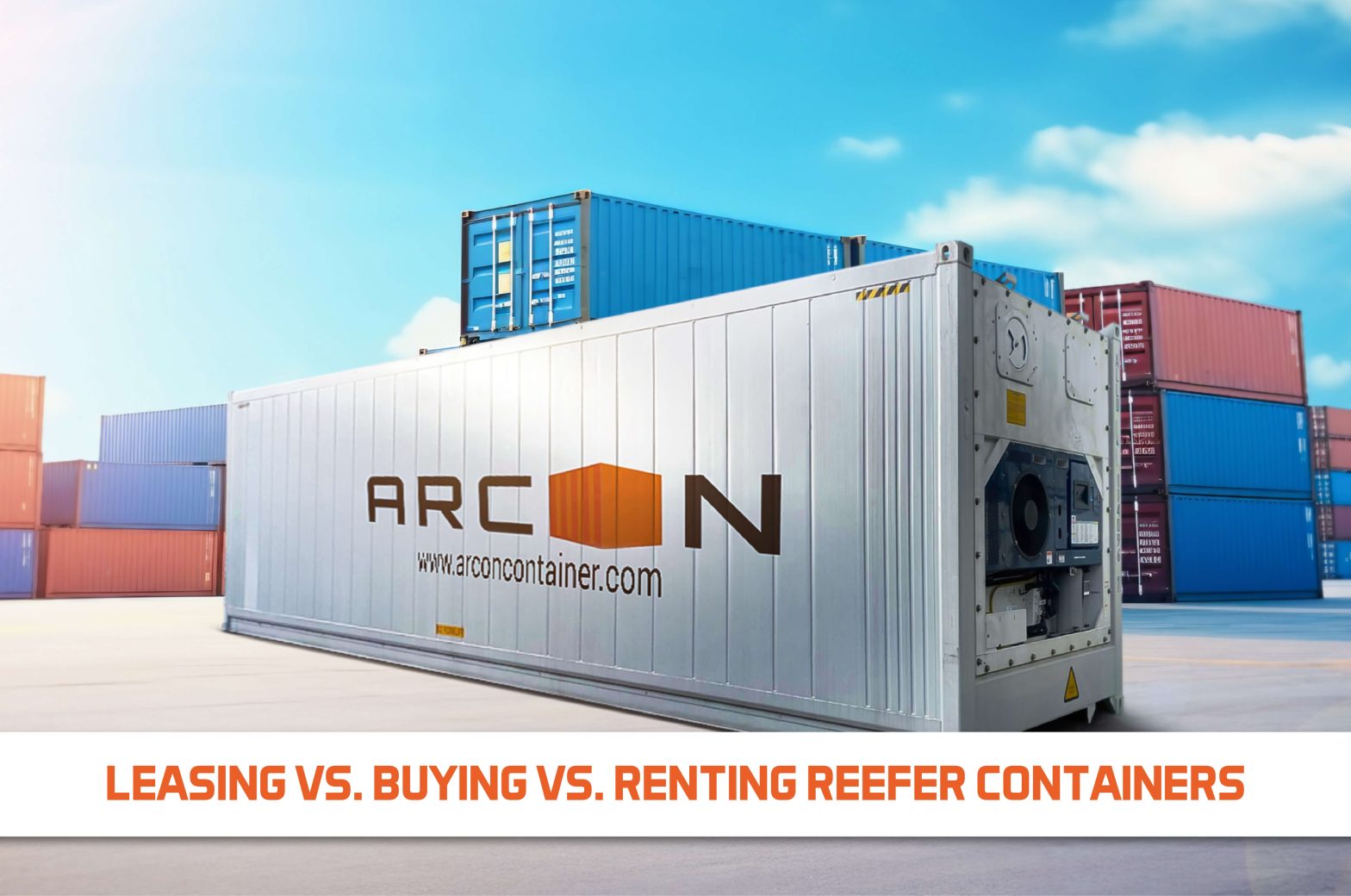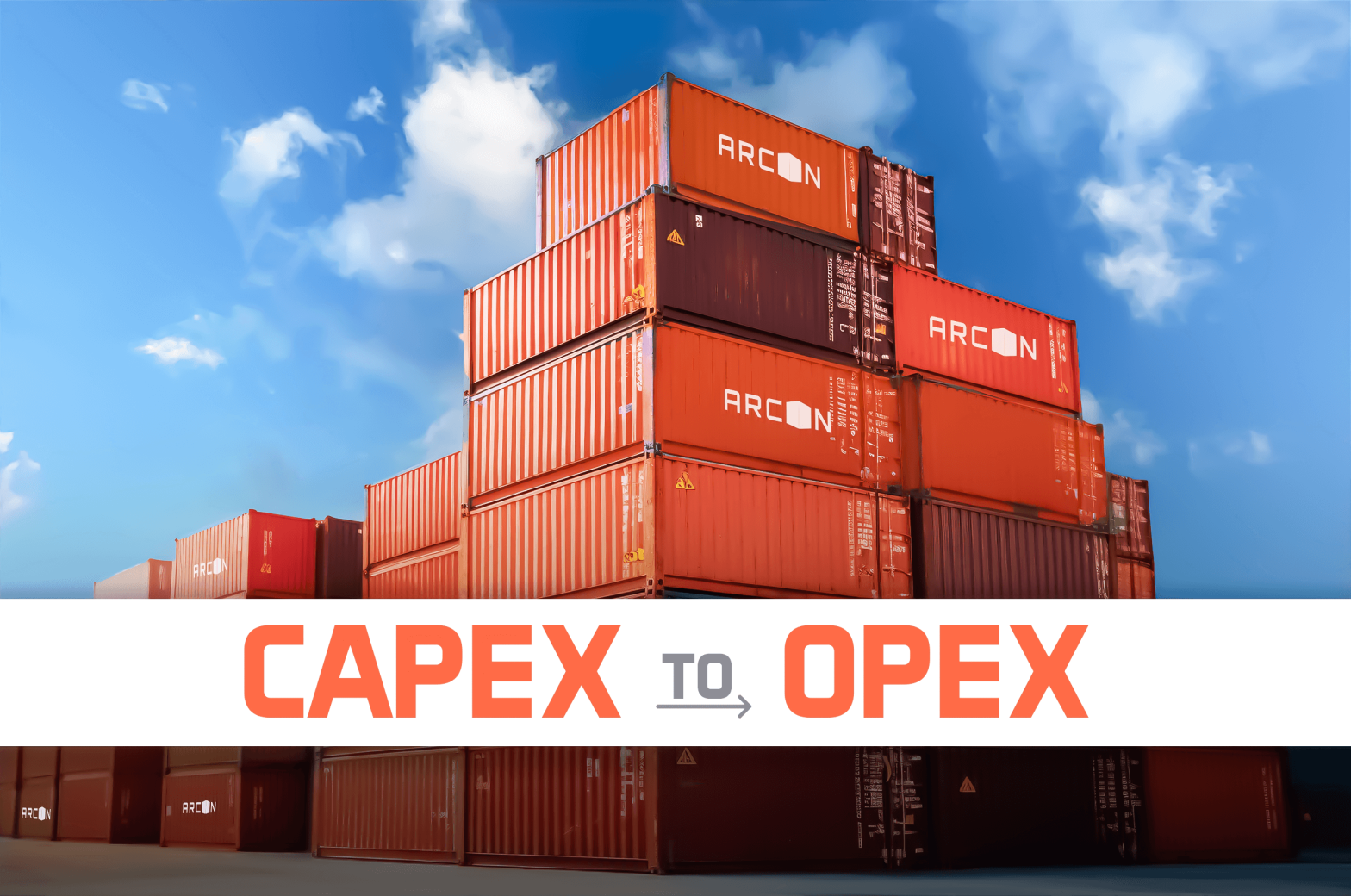26th April 1956 Port Newark, New Jersey
SS Ideal X, formerly a World War II tanker and now a modified container-ship, first of its kind, is getting ready for its maiden voyage on the Newark port, New Jersey to Port of Houston, Texas.
There is something different about this ship as there are no bulky bags, barrels, crates or drums stored but there are 58 metal boxes 35ft long, 8ft high and 8ft high stored on the deck.
The whole loading of those boxes were done in 8 hrs. only than usual wait time of weeks.
What these metal boxes are? What do they contain?
Well, most of you in 2022 will not be as amazed as those who were at the port that day. Many still were not convinced that it will work but only future will tell them the truth.
Reading this in 2022, most of you know that those Metal boxes, which we call Shipping Containers today, have not only worked but revolutionized the entire Global trade, it brought down the borders and truly connected the world.
Want to know the interesting story of how, who, when and where that revolutionary idea shaped up?
Well, it all started with Malcom Mclean, a US trucking magnate who, in 1937, while delivering cotton bales from North Carolina to New York Harbour, McLean was forced to wait several days while longshoremen manually loaded the cargo.
The cargo was unloaded piece-by-piece, stowed into wooden boxes and then stored on the deck. The whole time, the trucks were waiting for the unloading to happen.
The unpleasant wait was killing his trucking business and he was getting anxious on “why cannot there be a more efficient way to load/unload the cargo”? The first ever idea which hit this gentleman was:
“Would it not be great if my trailer could simply be lifted up and placed on the ship without its contents being touched?”
The idea was niche but needed an overhaul of the infra and an ecosystem which could embrace it. Necessity is the mother of invention. Mr. Mclean started working with engineer Keith Tantlinger to engineer the world’s first shipping container.
With innovative thinking and all hard work, first shipping container was invented and patented by Malcom Mclean in 1956. This incredible invention eliminated wasted space, mishandling and theft of cargo, quick load and unload and hence achieving a sustainable & cost effective way of logistics.
The time and cost intensiveness of standard break bulk cargo operations, an impediment to trade and shipping would be said adieu with this new invention: Containers.
Mclean forgo the business of trucking, secured a loan worth $22 Million dollars and under the banner of his new company Pan-Atlantic Steamship Corporation bought 2 WWII tankers later to be converted into ships designed to hold the newly invented containers called as trailer vans at that time. The company officially changed its name from Pan-Atlantic Steamship Corporation to Sea-Land Service, Inc. in April 1960.
How these containers will change the world?
McLean calculated that in 1956 loading a medium-sized ship the conventional way was costing $5.83 a ton. Comparatively, loading containers (Considering Ideal-X as pivot) would cost less than $0.16 a ton.
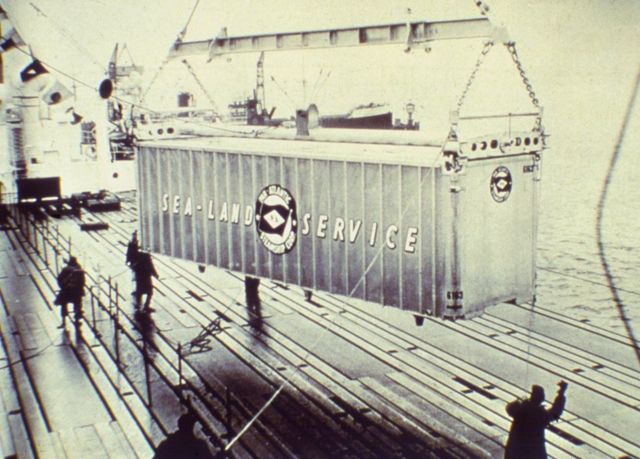
The economic advantages of such a mode of transportation became clear to the shipping industry.
These Containers in future would connect manufacturer directly with the consumer. Manufactures would load their produce directly in those container in their factory, load onto trucks, trucks would reach the port and would be directly hook lifted onto deck.
At the destination, they would again be loaded on a trailer and would reach the factory. Nowhere between the source and destination, would no hand ever touch what’s within those closed walls of containers.
In 2022
With better infra, expansion of connected rail-industry networks, advanced mechanical devices in port containerization in just 66 years have seen an exponential surge.
The shipping industry which was mostly about transporting luxurious goods, lifestyle products, and industrial products would now be so embedded in everyone’s life that you never know that the cloth you wear has its raw material brought from India, manufactured in Bangladesh, buttons made in Germany, labels printed in US, assembled in China and finally shipped back to different parts of globe.
Today more than 90% of global trade volume is through sea route in those containerized vessels. The cost effectiveness, lower turnaround time, the visibility of supply chain management and digital transformation has increased the global trade volume to hit a massive scale. Just to give you an idea, The value of global trade rose to a record $7.7 trillion in Q1 2022, an increase of about $1 trillion relative to Q1 2021, according to UNCTAD’s Global Trade Update published on 7 July.
At any time, there are roughly 20 million containers sailing afloat which could be carrying trivial products as meat, egg, banana, to lifestyle products as clothes, shoes computers to giant industrial stuffs such as choppers, wind mills, cars.
With advancement in technology, this world is rapidly evolving. The shipping industry is slowly but steadily catching up with the digital transformations happening across different verticals.
This growth would not stop here but would scale itself to new horizons. The scale is so much that one-player alone cannot bring substantial changes. It’s high time for all of us to start reimagining container logistics: to innovate and realign the efficiency even further.
Time is suitable to collectively leverage the power of technology, do sustainable innovations and add a Phygital touch to the services to ride the growth opportunities present.


